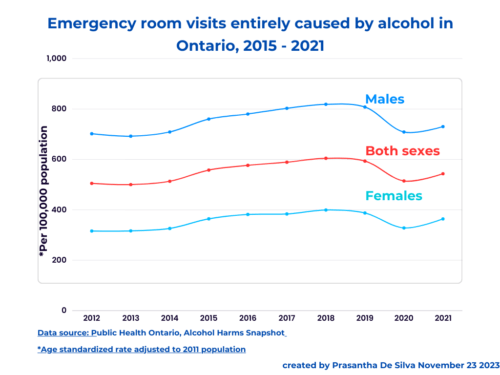Source:https://gisanddata.maps.arcgis.com/apps/opsdashboard/index.html#/bda7594740fd40299423467b48e9ecf6
This article, published in AlJazeera reminds me of my epidemiology lesson about interpreting rates. It is titled “why Italy’s coronavirus mortality rate is high”.
I would begin with the order of questions that I would ask when I am confronted with the task of interpreting a rate.
1. Is there any artifact?
yes; Italy’s denominator (number of infected cases due to their more restrictive case definition) is lower due to fewer number of testing from other countries such as South Korea and Germany (due to their more liberal case definitions). For example, as of March 15, South Korea has carried out 3,40,000 tests whereas Italy has done only 1,25,000 tests.
2. Is there a demographical variation?
yes, Italy owns the second-highest percentage of seniors (above 65 years) in the world (second only to Japan).
3. Is there any cultural difference?
yes, when compared to other western societies, grandparents are closely connected to their extended family structure – to children and grandchildren. As a result, self-isolation is difficult.
In addition to these reasons, they were late in implementing physical distancing.
This also emphasizes another important aspect of physical distancing: when community spreading occurs, seniors within the family requires physical distancing from their own children who go out.








